FDA Approves Video Game as ADHD Treatment
Can video games really help children learn to focus?
The U.S. Food and Drug Administration approved a radical new treatment for ADHD on June 15. Can a video game really help children learn to focus?
This piece was featured as an essential topic in Psychology Today.

For years, researchers have investigated the potential benefits of video games, ranging from training surgeons, to recognizing “fake news,” to speeding the recovery of stroke patients.
On June 15, the U.S. Food and Drug Administration (FDA), which investigates whether medication and treatments are safe and effective, announced that, for the first time, they would allow a video game to be marketed to the public as therapy.
EndeavorRx, a video game by Akili Interactive, is designed to help children with attention-deficit/hyperactivity disorder (ADHD). (Watch the 30-second trailer here.)
For people with ADHD, sustained attention can be difficult or impossible, which can lead to significant problems at school or at work. Traditional treatment options include medication and talk therapy. In EndeavorRx, players help an animated character avoid on-screen obstacles like flames or spikes while simultaneously tapping the screen to collect moving targets. Theoretically, this type of multitasking can gradually teach players with ADHD to maintain focus for increasing lengths of time. Turning traditional treatment into an entertaining video game can be particularly effective because well-designed games are intrinsically motivating and adaptive.
As most parents of elementary school-aged children will attest, kids find good video games compelling, making them a promising platform for therapy. Additionally, video games can be designed to increase in difficulty as players improve.
The FDA based its recommendation on five studies involving more than 600 children over seven years. In the largest of these, researchers randomly assigned 348 children, ages 8-12, to either play EndeavorRx or an unrelated video game for 25 minutes per day, five days per week, for four weeks.
They measured the participants’ ability to focus using a variety of measures, including the Test of Variables of Attention (T.O.V.A.). The T.O.V.A. measures attention by repeatedly flashing a black square inside a white square on a computer screen and asking where each smaller square was inside the larger one, at the top or at the bottom. This test lasts 21.6 minutes, long enough for the participant’s attention to drift. According to the creators, “The T.O.V.A keeps the task long and boring.” (Watch a short clip here.)
They also asked the children and their parents to fill out a series of questionnaires related to the child’s symptoms of ADHD at the beginning and end of the course of treatment—and whether they believed the game had helped lengthen the child’s attention span.
Overall, both the children who played EndeavorRx and those who played an unrelated video game showed improvement in almost every variable the researchers measured, although EndeavorRx appeared to be more effective than the control game: 15 percent more of the participants who had played EndeavorRx improved their T.O.V.A. scores than those in the control group. Further, 12 percent more EndeavorRx parents subjectively felt their children were focusing better at the end of the month than did those parents whose children had played the control game.
However, EndeavorRx did not outperform the control game on several questionnaires, including ones which included more specific questions for parents, such as how often their child “has difficulty organizing task and activities” and “talks excessively.” It is possible that the game helped the children improve their focus on computer screens, as the T.O.V.A. demands, but not in other areas.
It’s also important to note that all five studies were funded by the game developers, which means additional objective studies must be run to validate these results. Additionally, the control game was a word puzzle video game, which further complicates the results; the games' genres could have accounted for the differences the researchers found.
However, the initial research does seem promising. Now that the FDA has approved this game for therapeutic purposes, independent researchers will undoubtedly start exploring the game’s potential.
If this game is shown to be an effective therapy option, we can expect to see many more like it in the future, targeting other conditions. Others are already being developed and studied. We can hope that this is just the beginning of a new and exciting time for therapists and gamers.
Note: I have no affiliation with Akili Interactive.
